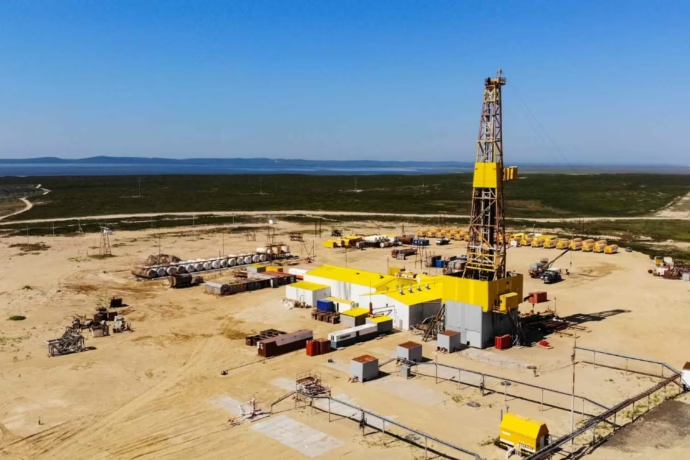
The recent commissioning of Varsity Heights at Chinhoyi University of Technology (CUT) represents a significant step forward for Zimbabwe, reflecting the nation’s commitment to advancing education and infrastructure development.
The project, made possible through collaboration between the Public Service Pension Fund and other stakeholders, underscores the importance of public-private partnerships in addressing national challenges. Varsity Heights is more than just a solution to student housing shortages; it is a symbol of Zimbabwe’s broader vision for national progress and modernization.
Varsity Heights provides state-of-the-art accommodations that go beyond just offering a roof over students’ heads. The facility includes modern recreational areas, study spaces, and wellness facilities, all aimed at fostering an environment where students can excel academically and personally. This investment in student life reflects Zimbabwe’s broader commitment to the Heritage-Based Education 5.0 model, which prioritizes knowledge-driven development anchored in innovation, science, and technology. The new facility is a step toward nurturing the next generation of leaders, engineers, scientists, and innovators that will drive the country’s progress.
The success of the Varsity Heights project also highlights the potential of public-private partnerships (PPPs) in Zimbabwe’s development strategy. The involvement of the Public Service Pension Fund demonstrates how collaboration between government and private entities can lead to efficient, high-impact projects that address critical needs. This synergy is crucial in accelerating infrastructure development, not only in education but across all sectors. The project serves as a model for how such partnerships can be replicated to further Zimbabwe’s National Development Strategy and Vision 2030, which aim to transform the country into an upper-middle-income economy.
Economically, the construction of Varsity Heights has had a ripple effect on the local community. The project created employment opportunities, particularly for young people and women, and engaged local small and medium enterprises (SMEs) to supply materials and services. This reflects the government’s commitment to inclusive growth and broad-based empowerment, ensuring that development projects benefit a wide range of stakeholders. By involving local businesses and labor, Varsity Heights has contributed to local economic growth while addressing national challenges.
Sustainability has been a core principle in the design and construction of Varsity Heights. The accommodation facility incorporates green building concepts, including renewable energy sources and green spaces, aligning with global sustainability goals. This focus on reducing the carbon footprint of such projects is a testament to Zimbabwe’s commitment to environmentally responsible development. The integration of eco-friendly practices ensures that the benefits of the project extend beyond immediate infrastructure needs, contributing to the long-term environmental health of the nation.
President Mnangagwa’s call for the Public Service Pension Fund to extend similar projects across the country is indicative of a broader vision to modernize and industrialize Zimbabwe. The directive to invest in commercial properties, particularly in rural areas, underscores the government’s commitment to rural industrialization, ensuring that no region is left behind in the country’s development journey. This strategy not only enhances infrastructure but also fosters economic resilience, job creation, and innovation across the nation.
The Varsity Heights project is a powerful example of Zimbabwe’s potential for growth and progress. It highlights how strategic investments in education, infrastructure, and public-private partnerships can drive national development. As the country continues to build on these successes, projects like Varsity Heights pave the way for a prosperous, sustainable future, contributing to the realization of Vision 2030 and the National Development Strategy. The facility stands as a symbol of Zimbabwe’s ambition, resilience, and commitment to uplifting its people, empowering students, and creating a brighter future for all.




